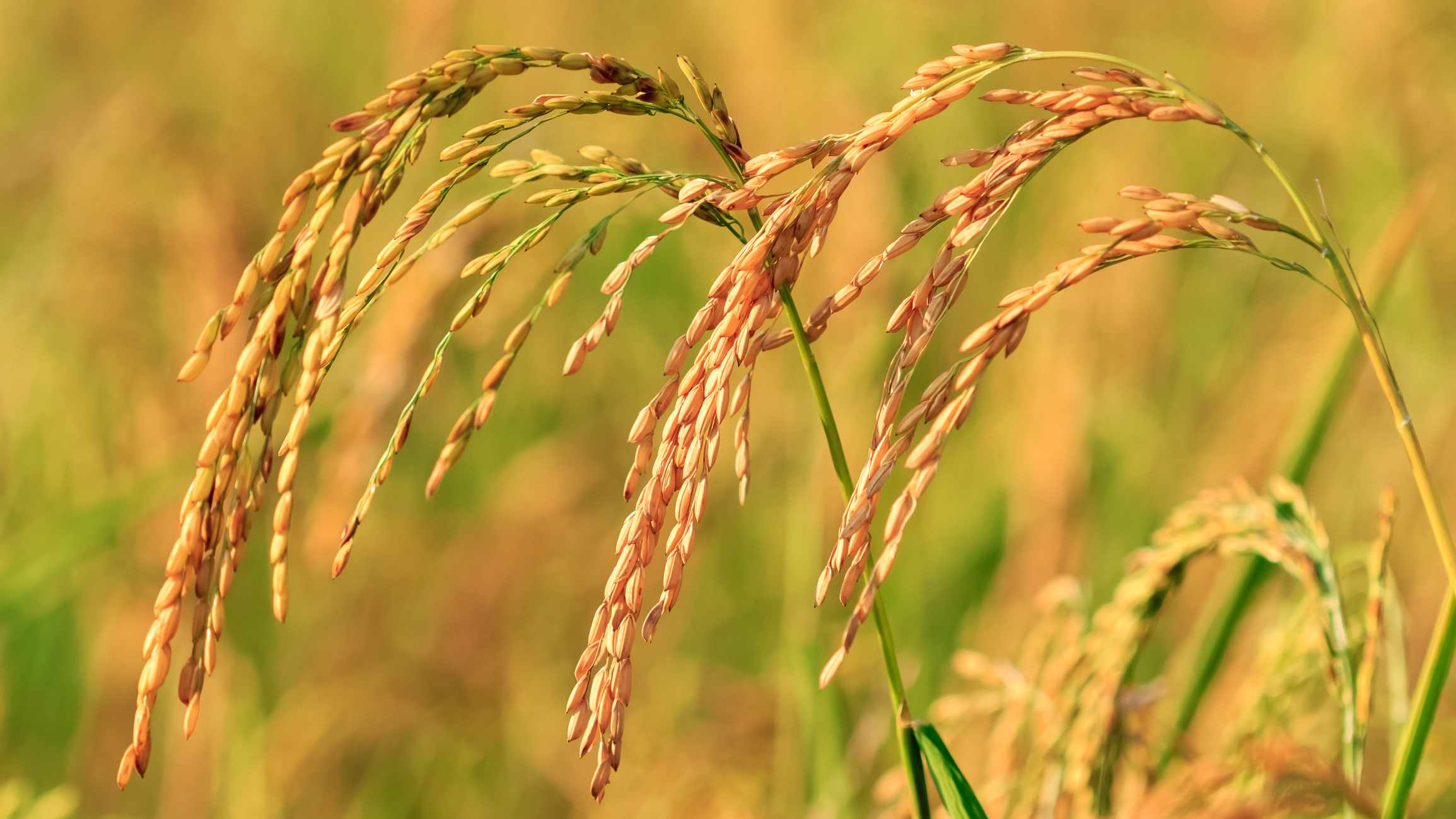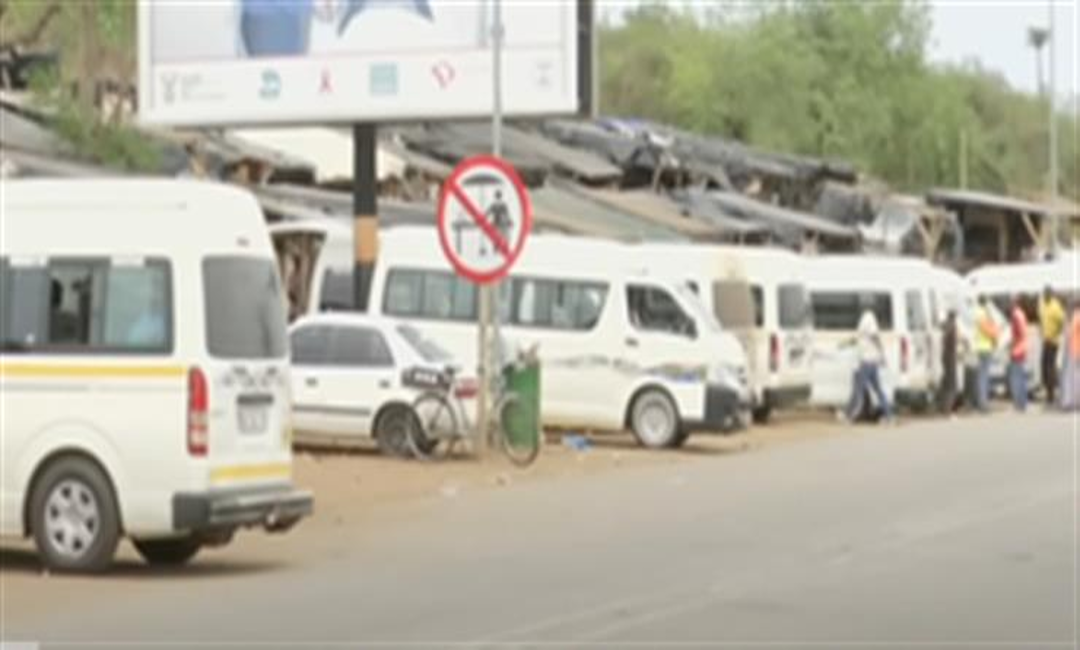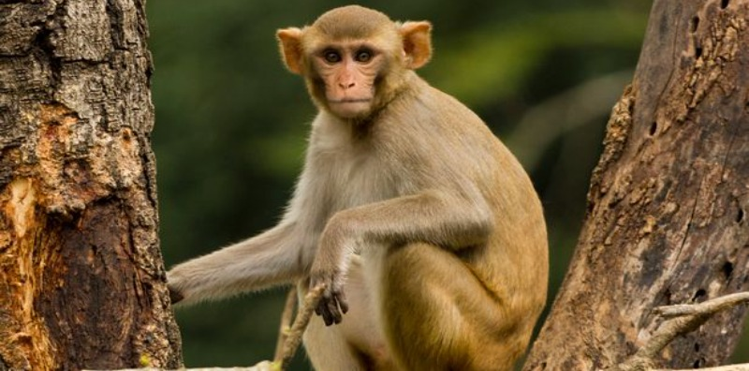62% DIP IN DOON BASMATI ACREAGE OVER A 5-YEAR PERIOD

- Repoter 11
- 29 Jan, 2024
Leave a Reply
Your email address will not be published. Required fields are marked *
https://Zeleniymis.COM.Ua/
I always used to read article in news papers but now as I am a user of neet thus from noow I am using net forr articles or reviews, thanks to web. https://Zeleniymis.COM.Ua/
Desiree
10 Sites To Help You Learn To Be An Expert In Prettiest Pornstars site
https://Evolution.Org.ua/
If some one wants to bee updated with newest technologies then he must be go to see this web sige and be up to date daily. https://Evolution.Org.ua/
Sondra Slemp
Dear yuvahastakshar.com administrator, Good job!
Rosemary Maxfield
Hello yuvahastakshar.com webmaster, Your posts are always well-written and engaging.
Connie Buring
Dear yuvahastakshar.com admin, Your posts are always well-written and easy to understand.
Georgetta
Guide To Tiktokpornstar: The Intermediate Guide In Tiktokpornstar tiktokpornstar







